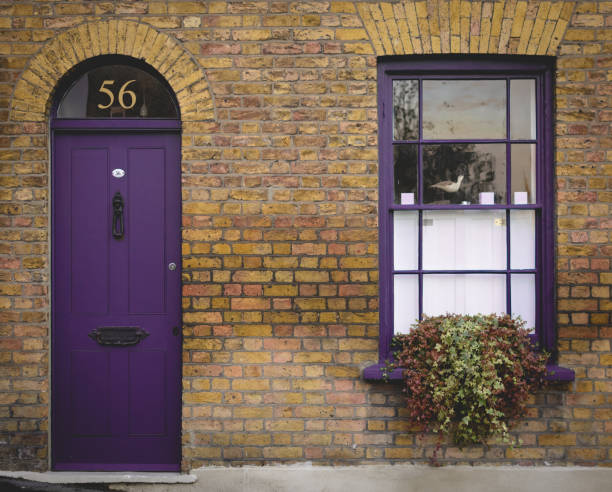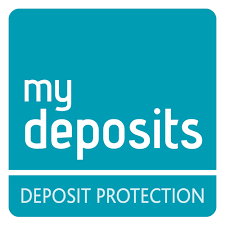As a leading Bolton Estate Agent, we know that when it comes to buying or selling property in the UK, few issues raise red flags quite like Japanese knotweed.
When you’re searching for your dream home in the UK, the last thing you want is to stumble upon a hidden issue that could cost you thousands — or even derail your entire purchase. One of the most notorious culprits? Japanese knotweed.
This fast-growing, bamboo-like plant may look harmless, but it’s a major concern for homeowners, mortgage lenders, and surveyors across the country. Whether you’re a first-time buyer or a seasoned investor, understanding the risks and responsibilities around Japanese knotweed is crucial before signing on the dotted line.
What is Japanese Knotweed?
Japanese knotweed (Fallopia japonica) is a non-native, invasive plant species introduced to the UK in the 19th century. Initially praised for its ornamental qualities and resilience, it’s now infamous for the problems it causes.
Its deep, persistent roots (rhizomes) can grow up to 3 metres deep and spread up to 7 metres horizontally, allowing it to force its way through concrete, brickwork, and tarmac. It’s not just a garden nuisance — it’s a real threat to buildings, infrastructure, and even property sales.
Why is it a Problem for Home Buyers?
1. Mortgage Complications
Mortgage lenders take Japanese knotweed very seriously. Many will refuse to lend if the plant is present on or near the property — unless a professional management plan is in place with insurance-backed guarantees.
Lenders typically assess the risk based on how close the knotweed is to the property, often using a scale similar to the RICS (Royal Institution of Chartered Surveyors) risk categories. If it’s within 7 metres of the main building, you’ll need evidence that it’s being treated properly.
2. Decreased Property Value
Studies show that Japanese knotweed can reduce property values by 5–15%. Even after treatment, the stigma can linger, making the property harder to sell later on.
3. Legal Headaches
If knotweed isn’t declared by the seller, and you find it after purchase, legal action may be your only route. Several buyers have successfully sued sellers for misrepresentation — but legal battles are costly and time-consuming.
Spotting Japanese Knotweed
Japanese knotweed is easiest to identify between spring and early autumn. Here’s what to look out for:
• Spring/Summer: Fast-growing green stems with reddish-purple specks. Leaves are shield- or heart-shaped and arranged in a zig-zag pattern.
• Late Summer: Creamy-white flowers appear in clusters.
• Winter: The plant dies back, leaving brittle brown canes — but don’t be fooled, the underground roots remain active and dangerous.
If you suspect the plant is present, arrange a professional inspection. Surveyors and invasive species specialists can confirm the presence and recommend action.
What Sellers Must Disclose
During the sale process, sellers in England and Wales are required to complete a TA6 Property Information Form. This includes a direct question: “Is the property affected by Japanese knotweed?”
The possible answers are:
• Yes: Knotweed is present on or near the property.
• No: There is no knotweed, and there has been no prior issue.
• Not known: The seller doesn’t know.
⚠️ Caution: “Not known” doesn’t protect the seller if knotweed is later found and evidence shows they were aware of it. As a buyer, be very cautious of vague or unclear answers.
What to Do if Knotweed is Found
So, what if you fall in love with a house, but Japanese knotweed shows up in the survey?
1. Don’t Panic
Knotweed is manageable — but you need to be smart about how you proceed. A full-blown infestation isn’t necessarily a dealbreaker.
2. Ask for a Professional Management Plan
Request a knotweed management plan from a PCA-registered (Property Care Association) contractor. These plans typically include:
• Herbicide treatments over several seasons
• Monitoring and follow-up inspections
• A 10-year insurance-backed guarantee (essential for mortgage lenders)
3. Negotiate the Price
Use the knotweed discovery as leverage. Treatment and monitoring can cost anywhere from £2,000 to £10,000 depending on the extent. Consider negotiating the asking price to reflect this added cost.
4. Check Lender Policies
Every lender has their own stance on knotweed. Some are more flexible than others — especially if a treatment plan is already in place. Your mortgage broker or solicitor can help navigate these requirements.
Buying a Property with Historical Knotweed
Even if the knotweed has already been treated and is no longer visible, make sure the seller provides:
• Evidence of treatment
• A warranty or guarantee
• Records of any future inspections planned
This documentation is important for your peace of mind — and for any future sale of the property.
Can You Get Rid of Japanese Knotweed Yourself?
DIY methods rarely work and may even make things worse. Cutting, digging, or trying to dispose of knotweed improperly can cause it to spread — and you could be liable for environmental harm.
Also, it’s illegal to allow knotweed to spread into the wild under the Wildlife and Countryside Act 1981, and improper disposal breaches Environmental Protection Act 1990 regulations. Always use licensed professionals.
Final Thoughts: Should You Walk Away?
Japanese knotweed doesn’t have to be a dealbreaker, but it must be treated with caution. As a buyer, do your due diligence, request documentation, and be prepared to negotiate.
If the property is otherwise perfect and the seller is transparent and cooperative, moving forward with a professional management plan in place can still make it a great investment.
However, if the seller is evasive, unwilling to negotiate, or can’t provide clear evidence of treatment — it might be best to walk away and avoid the risk.
Summary Checklist for Buyers
✅ Get a proper homebuyer’s survey
✅ Check the TA6 form carefully
✅ Ask direct questions about any “not known” answers
✅ Request a PCA-registered knotweed treatment plan if needed
✅ Ensure a 10-year insurance-backed guarantee is in place
✅ Talk to your mortgage lender early in the process
✅ Negotiate the price if treatment is required
Buying a home is a huge investment — and Japanese knotweed doesn’t have to ruin it. But the key is informed decision-making. Spot it early, manage it properly, and protect your future investment.
Let me know if you’d like this blog in a downloadable format or with SEO keywords tailored for estate agents, property websites, or law firms!





